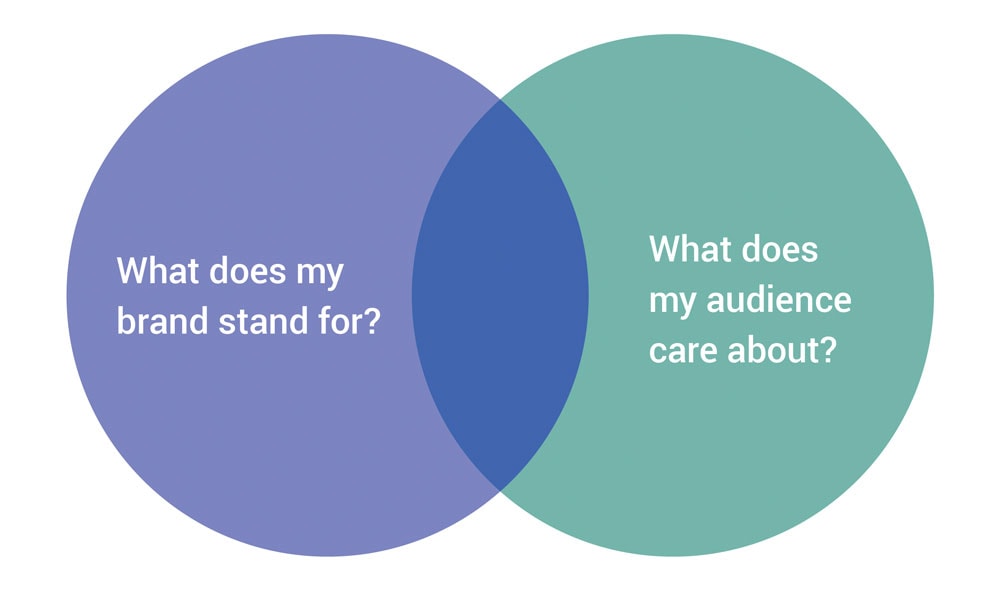
25 Feb Brand Marketing Strategy: Benefits for Businesses
Brand Marketing Strategy: Benefits for Businesses
Developing a brand identity requires smart planning and effective branding, aspects that’ll differentiate your business from the rest.
Nowadays, regardless of your brand’s industry, a unique brand marketing strategy is critical.
A brand is more than a business.
It’s instead an experience, a feeling, or a clear image incorporated into your customers’ minds.
This experience is flexible, just like your brand’s value proposition, communication, and consistency.
If you’re developing a new business, redefining your brand’s culture, or creating a new brand version, you can optimise the process by carefully defining your long-term brand marketing strategy.
This process involves asking yourself insightful questions that’ll lead to essential answers.
The better you identify what you want to do, how you want to do it, and why you want to do it using one strategy or another, the better odds you’ll get to stand out from the crowd and successfully position your business in the marketplace.
For that reason, in today’s post, we’ll discuss the five questions (and their implications) that’ll help you develop an effective brand marketing strategy.
However, before that, let’s quickly review the reasons why this process is so incredibly important.
The Benefits of a Well-Developed Brand Marketing Strategy

If there were no positive performance consequences, branding strategies would have no point.
However, as you might have guessed, the most prominent companies aren’t investing millions of dollars, hundreds of employees, and countless hours without reaping the full benefits that are involved.
If you’re not yet sure of the necessity of a brand marketing strategy, here’s a list of reasons that’ll help you redefine your perspective:
- A well-developed brand marketing strategy will help you develop greater customer loyalty.
- You’ll know what measures need to be adopted when your brand’s confronting different crises.
- Your well-thought strategic moves will help you build authority and trust within the niche.
- Your brand’s voice and personality will bring extra love and trust from people who can identify with your culture.
- Your brand allows you to differentiate your business from the rest. Therefore, you’ll gain more attention, and of course, potential transactions.
- An effective branding strategy allows you to attract and capture the necessary resources for exponential growth.
- Nowadays, a brand strategy is often the root of successful, strategic, and long-term partnerships with various clients.
- A brand strategy is necessary for providing focus to your company’s marketing strategies and efforts.
- A successful brand strategy will make your customers less sensible to competitive pricing
- Ultimately, a brand strategy acts as a robust internal tool that guides your employees and executives to long-term thinking and careful acting.
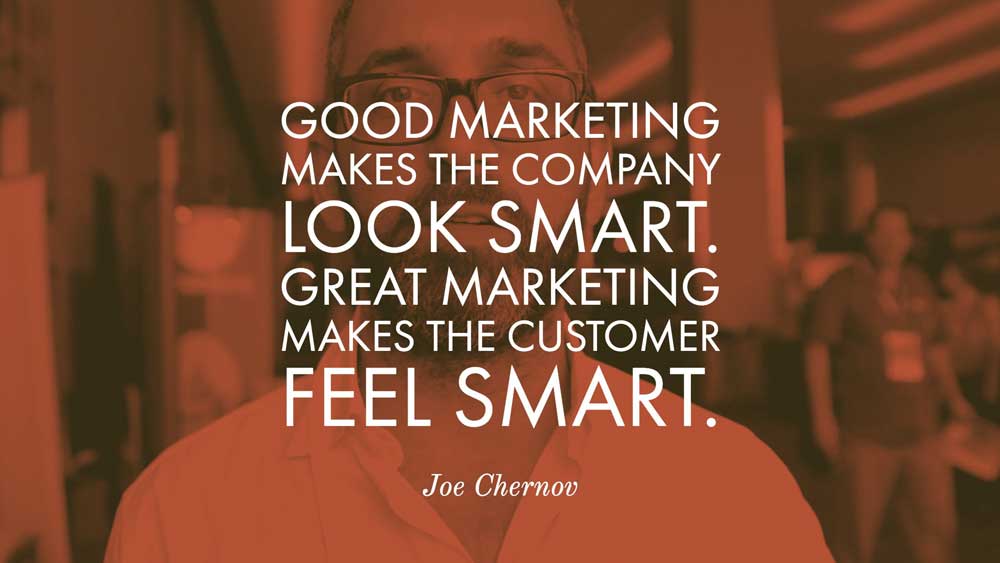
The benefits are juicy and undoubtedly necessary for your business to climb up the ladder and seize a comfortable spot in today’s competitive marketplace.
Now, before you build your brand, let’s take a look at several important questions that help you define your brand’s strategy.
1 – Why Does My Brand Exist?
Right before you start planning, you’ll need to ask yourself this essential question.
Why does your brand exist?
Alternatively, if you want it rephrased, what is your brand’s role, mission, or purpose?
To be taken seriously, you’ll need to clearly understand and define the purpose of your brand’s existence.
For example, “My brand’s purpose is to offer affordable services to small businesses that struggle to interact with their customers.”
Take Dove, one of the most purposeful brands out there.
The company’s mission goes beyond selling hygiene products – they inspire and motivate women and girls to grow their self-esteem and confidence in their beauty.

Of course, most of their marketing, advertising, and communication remains consistent with their goal, an aspect that has ensured the brand’s worldwide success.
As Jay Cooks suggests,
“Help people understand where you’re coming from, allow them to see what you’re doing and why you’re doing it, and let them acknowledge your real intentions (which should always go beyond making profits). Once people realise that your purpose is in their own benefit, they’ll become loyal and ready to serve you just like you have served them.”
2 – Who Is My Ideal Customer?
An effective brand strategy starts with the identification of the target audience.
To be more exact, you’ll need to develop an image of an ideal customer who will trust and regularly purchase your products and services.
In the business world, the ideal customer often referred to as the “target persona” is the primary element of focus.
As your brand’s success gravitates around your customers, you’ll first need to figure out who they are.
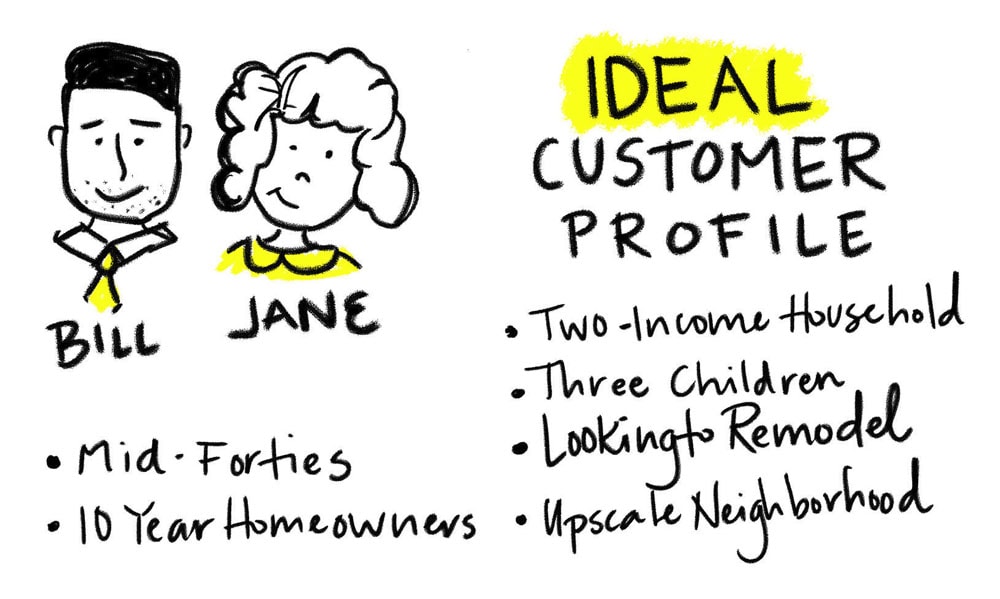
Here are some additional questions that’ll help you define your target persona:
- What needs, desires, and dreams does my ideal customer have?
- What are his/her problems, challenges, and setbacks?
- What is the pain/pleasure triggers that my customers are regularly seeking to avoid/gain?
- What’s the age, gender, nationality, culture, religion, and political affiliations of my ideal customer?
- What jobs and roles do my ideal customers have?
- How does my target persona usually interact with businesses? Social media? Email? Phone?
- What are the elements that’ll help my brand create a strong rapport with its customers?
It would help if you didn’t stop the questions unless you feel that you know precisely whom your brand marketing strategy is targeting.
Put it in writing and use your target persona’s characteristics every time you create marketing or advertising campaigns, new products, and new solutions.
3 – What Is My Brand’s Unique Value Proposition?
Every brand must clearly understand its value in the marketplace.
Your niche, like the rest, is probably filled with strong competitors who are fighting for the same customers that your brand is targeting.
How do you stand out from the crowd?
Simply by offering your potential buyers a stronger unique value proposition than the rest of your competitors.
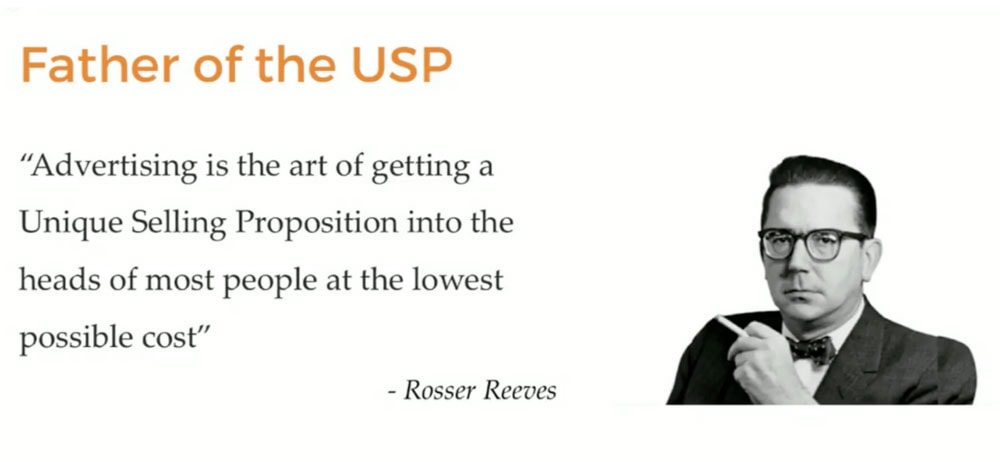
In other words, you must figure out what makes your brand special, what makes your solutions better, and what makes your products stand out from the crowd.
Your UVP should be spelt out in one sentence.
Here are some examples:
“My products are offering better quality solutions for a cheaper-than-average price.”
“My brand is focusing explicitly on making senior single mothers’ lives better, providing trustworthy and practical advice.”
“My brand’s services are expensive yet the most praised and wanted in my niche marketplace.”
4 – How’s My Brand Going to Look Like in a Year? How About 10 Years?
Predicting the future is impossible, and you’ll never know exactly how your brand’s going to perform in the future.
However, by asking yourself this question before you start acting, you’ll be able to identify the bigger picture.
By reverse-engineering your brand’s expansion, you’ll always know where you’re heading.
First off, identify your brand’s short-term future.
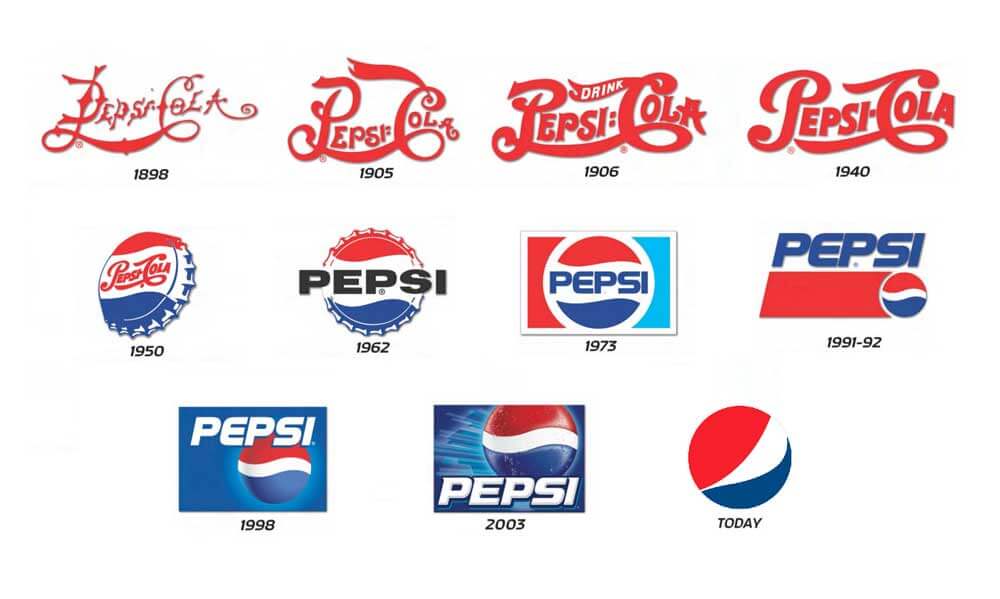
Imagine how your business will look like in one year, five years, and ten years.
This process isn’t fast.
It should take you a few days, weeks, or even months.
Ideally, after you’re done imagining your brand’s future, you should create a “game plan” which should be comprised of smaller goals and objectives.
Consult your bigger picture as your brand keeps evolving and stay flexible in your approach!
5 – Is My Logo Successfully Representing My Brand’s Culture?
Every successful brand marketing strategy needs a visual identity.
Your logo, for instance, is one of the most crucial elements that’ll help prospects and customers easily memorise your brand’s proposition.
Our subconscious mind can instantly pop up associations.
So, for example, if a brand’s advertising makes us feel something or has even a small impact on our mindset, we’ll remember the logo design because that is the most accessible element that can be visually recognised.
Because your logo is critical to your brand’s success, you’ll need to make sure that it effectively represents your brand’s culture.
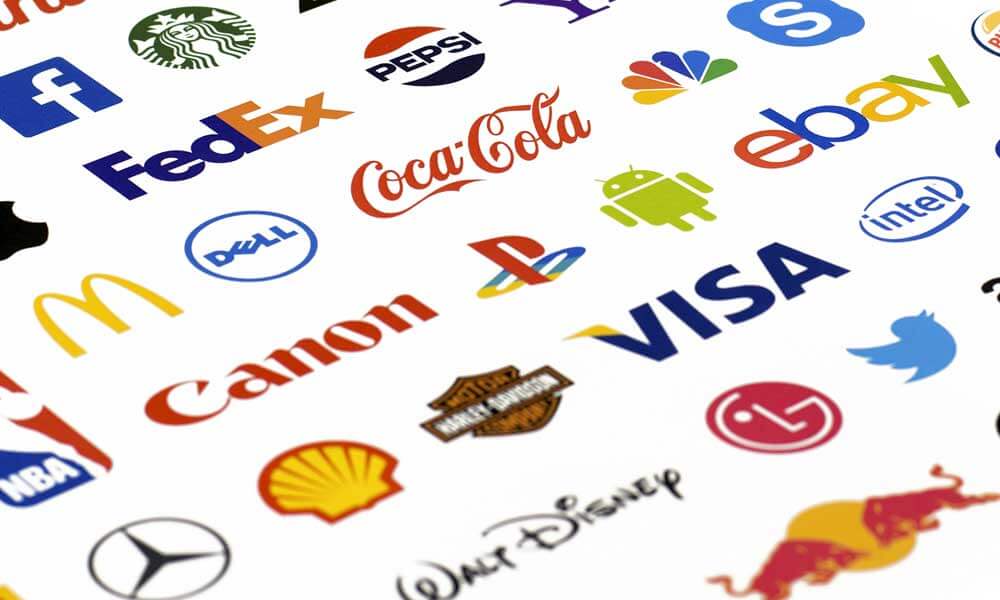
An effective logo is:
- Memorable – even though this is hard to test, you should have at least a dozen people saying that your logo has left them with a long-lasting impression
- Relevant – you should connect your logo’s meaning with your industry and target audience. Even better, if it’s possible, create a logo that illustrates your brand’s products or benefits.
- Evergreen – trendy design should always be avoided to ensure that your logo will “age well” as the time goes by.
- Adaptable – make your logo versatile, and you’ll never have any problems when having to scale your brand’s image to develop thumbnails, cover photos, and profile photos.
Takeaways
A brand is a complicated thing.
Everyone perceives it differently, and that’s precisely why only a few companies will stand out of the crowd and accomplish greatness.
Big brands like Coca-Cola, McDonald’s, Dollar Shave Club, and Mercedes understand their industries, they know what their customers want and need, and they do their best to satisfy those requests.
Dreaming big and setting high standards for your brand is undoubtedly the first step.
Then, what follows, is the development of a carefully written branding strategy that you and the employees can rigorously follow.
Every brand’s journey is defined by its standards, yet the abundant success of today’s wealthiest brands is marked by smart planning, consistency, and discipline.
So, before you start your brand marketing strategy, make sure your roadmap is ready to guide you every step of your way!
The post Brand Marketing Strategy: Benefits for Businesses is by Stuart and appeared first on Inkbot Design.


